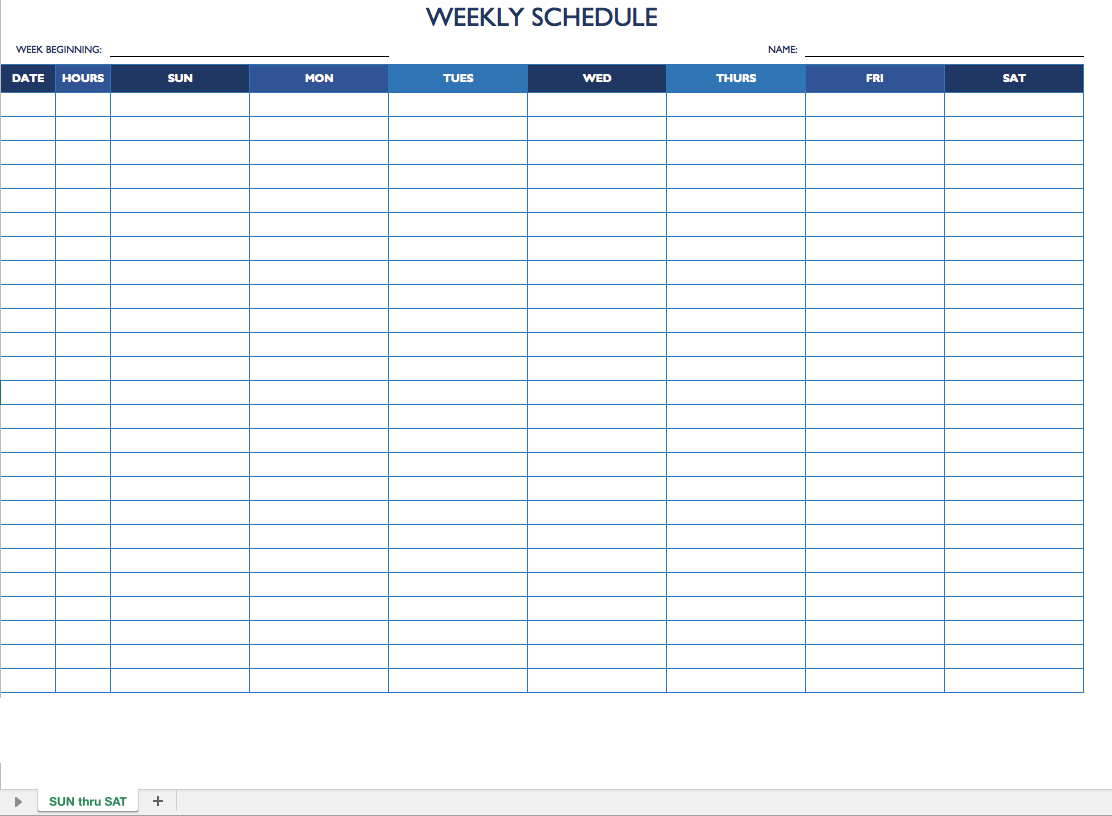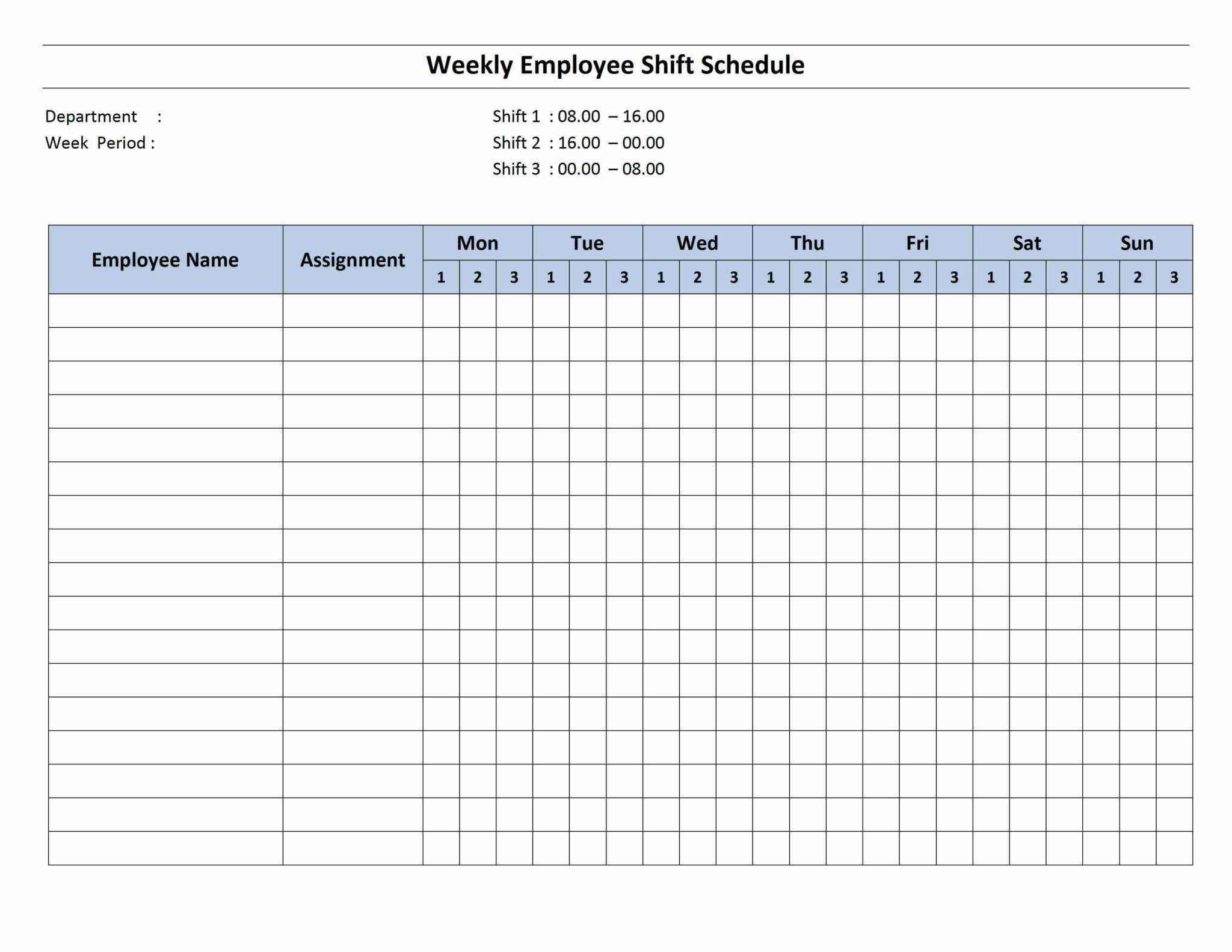


By occupation type, about 15 percent of sales and related occupations have irregular or on-call schedules.Irregular shift work is associated with working longer weekly hours.Workers paid under $22,500 per year are more likely to work on irregular schedules than workers in the income bracket above that (workers in the latter bracket who are salaried would be just above the current salary minimum threshold for assured FLSA overtime coverage).By income level, the lowest income workers face the most irregular work schedules.Adding in split or rotating shifts, the shares working unstable work schedules are 16 percent (hourly), 12 percent (salaried) and 36 percent (other). Six percent of hourly workers, 8 percent of salaried workers, and 30 percent of those paid on some other basis work irregular or on-call shifts.1 Add to this the roughly 7 percent of the employed who work split or rotating shifts and there are about 17 percent of the workforce with unstable work shift schedules. About 10 percent of the workforce is assigned to irregular and on-call work shift times and this figure is likely low.These findings (as well as key findings from other research) are highlighted below. The plight of employees with unstable work schedules is demonstrated here with new findings, using General Social Survey (GSS) data. This variability of work hours contributes to income instability and thus, adversely affects not only household consumption but general macroeconomic performance.

This both constrains consumer spending and complicates the daily work lives of such workers, particularly those navigating through nonwork responsibilities such as caregiving. Not only are many of this type of underemployed worker, by definition, scheduled for fewer hours, days, or weeks than they prefer to be working, the daily timing of their work schedules can often be irregular or unpredictable. The labor market continues to recover, but a stubbornly high rate of underemployment persists as more than five million Americans are working part-time for economic reasons (U.S.


 0 kommentar(er)
0 kommentar(er)
